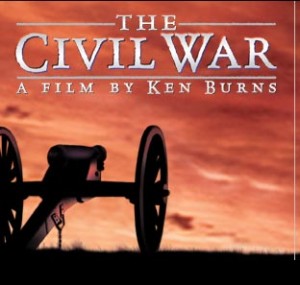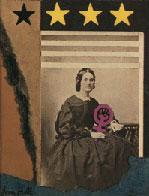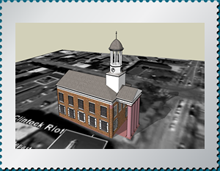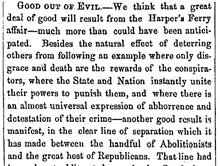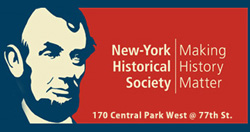
The New York Historical Society recently opened “Lincoln and New York,” a new exhibit that aims to “fully trace the evolution of Lincoln’s relationship” with the state. The exhibit includes not only Lincoln’s visits to New York, such as for his Cooper Union address in February 1860, but also explores the impact of his administration’s policies during the Civil War. In addition, the material on display highlights the extent of serious political opposition that Lincoln could face even in northern states. “We see New York’s version of the Civil War being fought using words, ideas, images and, at least during the 1863 Draft Riots, a fair amount of blood, with Lincoln as the battles’ nexus,” as the New York Times’ Edward Rothstein explains in his review. If you can’t make it to the exhibit (which runs through March 25, 2010), be sure to check out their interactive exhibit online.
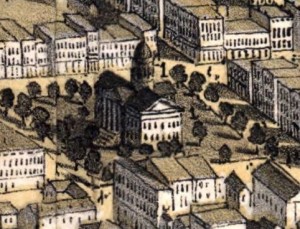
 ancis Kemp
ancis Kemp